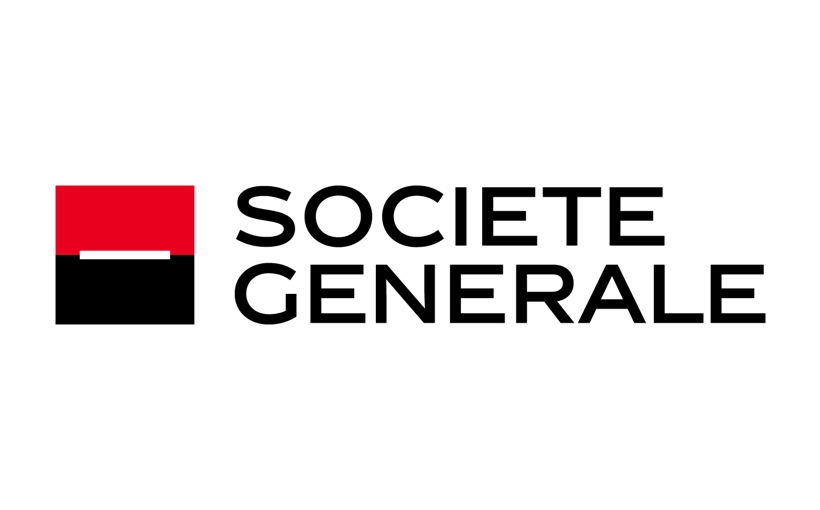The Euronext Eurozone ESG 80 index shows the performance of 80 large cap companies in the Eurozone selected for their Environmental, Social and Governance (ESG) and energy transition performance.
Derivatives on the Euronext Eurozone ESG Large 80 index
Supporting the transition to a sustainable economy in the Eurozone.
Take exposure to the Eurozone’s sustainable economy
In line with our ESG commitment, we launched derivatives contracts on the Euronext Eurozone ESG Large 80 index (ESG 80) to allow investors to support climate action.
- Invest in the Euronext® Eurozone ESG Large 80 Index*, which shows the performance of 80 large cap companies in the Eurozone selected for their Environmental, Social and Governance (ESG) and energy transition performance.
- Trade ESG 80 Futures, Standard and Mini Options contracts offering the benefits of central clearing, including margin efficiencies with other Euronext benchmarks.
- Retail investors can trade related ETFs and Structured Products such as BNP Paribas' Certificate 100% Euronext Eurozone ESG Large 80 NR and Societe Generale's unlimited Turbos and 100% Trackers.
- Access easily the Eurozone's sustainable economy thanks to the most attractive pricing in the industry.
- Enjoy guaranteed liquidity with dedicated market makers committed to facilitating the development of sustainable finance.
* Powered by Moody's ESG Solutions
Trade Futures, Standard and Mini Options contracts on the Euronext Eurozone ESG Large 80 index
Euronext ESG Large 80 Index Future Euronext Eurozone ESG Large 80 Option
Euronext Eurozone ESG Large 80 Mini Option
Market Makers*
Trading in Euronext® Eurozone ESG Large 80 index derivatives benefits from on-screen liquidity provided by market makers committed towards sustainable finance.
*Market makers (Futures) will be associated as partners in this initiative and will benefit from a revenue-sharing scheme (15% of net trading revenue calculated on a yearly basis).
Futures
|
Image

|
Image

|
Image

|
Image

|
Options
|
Image

|
Resources
Euronext® Eurozone ESG Large 80 index Factsheet Euronext® Eurozone ESG Large 80 index live prices
Euronext® Eurozone ESG Large 80 index media centre
